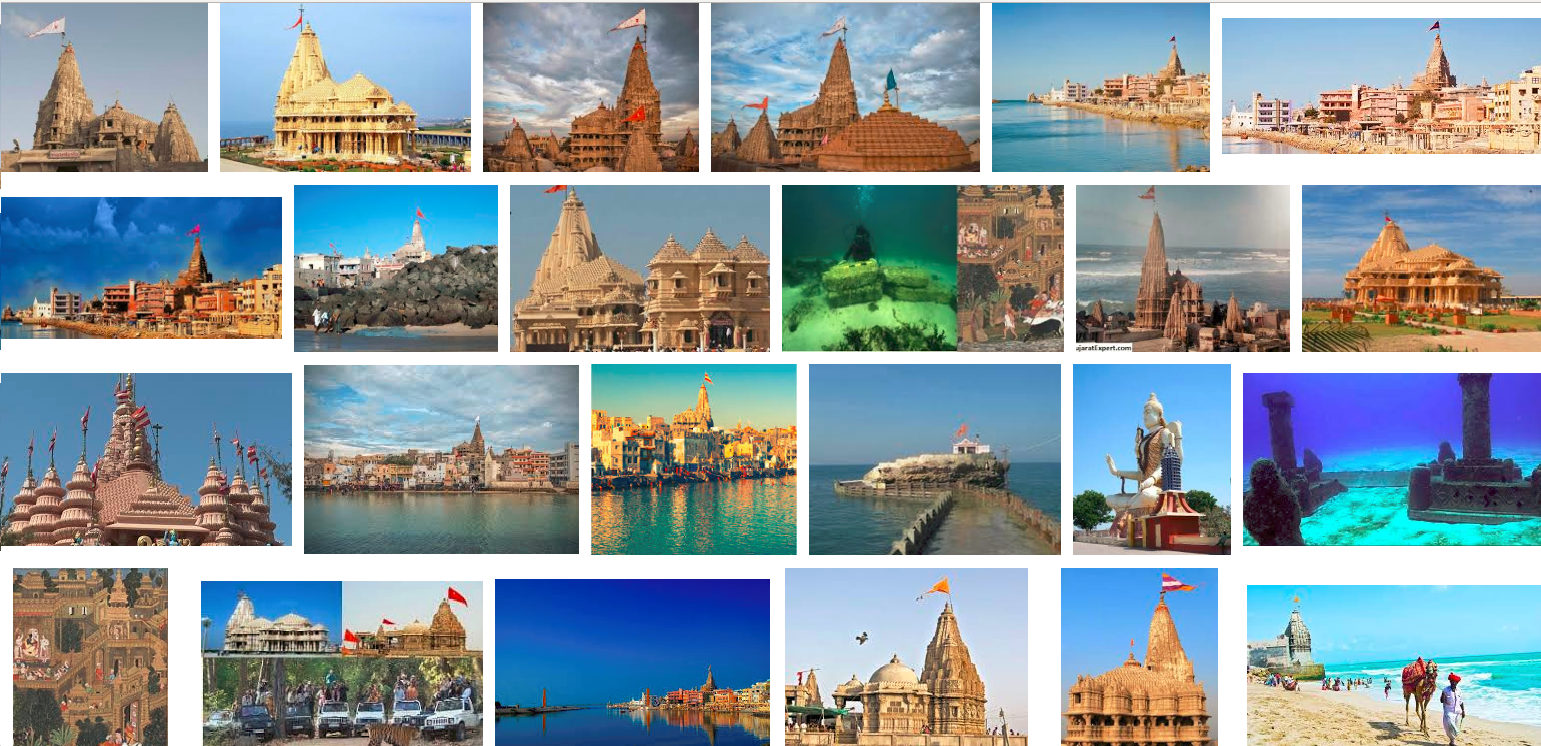


http://en.wikipedia.org/wiki/Rukmini

Durvasa rishi's Tapobhoomi Dwarka
At Panchnad Teerth, there is a tree beneath which rishi Durvasa used to
worship and pray.

Rukmini took a sip without offering Durvasha. Annoyed by her impoliteness he cursed Rukmini that she would be separated from her beloved husband. Rukmani Devi did penance for 12 years at this spot to get rid of the curse and finally pleased with her prayers, Lord Sri Maha Vishnu appeared and the curse got absolved.
Rukmani Devi the prime queen (Patrani) of Lord Sri Krishna, Once, Sri Krishna and Rukmani went to sage Durvasa to invite him to Dwarka. He agreed to it on a condition that they (Sri Krishna & Rukmani) have to pull the chariot carrying sage Durvasa. Sri Krishna & Rukmani happily agreed to do so. While driving the chariot, Rukmani became thirsty. She sought the help of Lord Sri Krishna. In order to bail her out, Sri Krishna stopped the chariot and made water of Holy River Ganga by digging with his toe on the ground.
At the spot where Rukmani Devi did the penance and Vishnu Padodhbhavi (Ganga) manifested as a spring through a Leela of Lord Sri Krishna a temple has come up, located 2 km away from Dwarka's Jagat Mandir. It is widely believed among the devotees that the pilgrimage is incomplete if a devotee doesn't go to offer prayers at Rukmani Temple even if he has worshiped the Lord at Dwarkadheesh temple.
The temple is an architectural masterpiece. The temple walls are decorated with beautiful paintings depicting her pastimes with Sri Krishna. This temple is said to date back to the 12th century and is a holy place to be visited. There is a beautiful marble diety of Rukmani Devi with Chaturbhuja(four hands) holding Shanka Chakra, Gada and Padma indicating that she is the avathara of Goddess Sri Maha Lakshmi the consort of Lord SriManNarayana.








